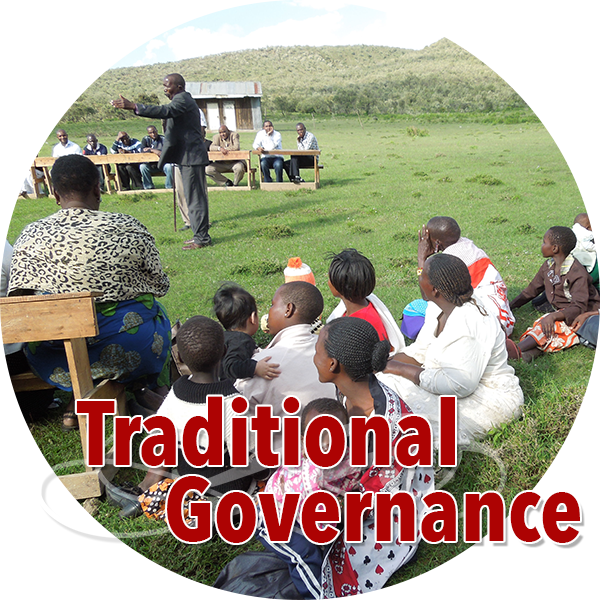- Existing indigenous political structure/system/practices/ arrangement for self-determination*
- IP governance systems recognized by state
- Custom laws, instruments recognized, ratified by state
- Avenues/opportunities for representation accessible to IP’s
- Number of IP’s representing their communities in state bodies
- Existing community management plans that are being implemented
- Opportunities/support by the state to strengthen self-governance(related to leadership and decision-making)
- Engagement with other stakeholders including the government, NGOs, church and other institutions
- What are the violations committed against the exercise of IPs Self-Determined Development
- Space for women in decision-making mechanisms
|
Increase or decrease:
- State laws recognizing traditional/ customary governance system
- Number/Percentage of institutions provided by the state for IP representation
- Number/percentage of policies/plans that reflect customary rules/standard
- Percentage of community development plan (land use) adopted and being implemented
- Number of IP representatives elected in state bodies from the community at the regional, national level.
- space for women and percentage of women who are involve in decision-making
- Number /percentage of negotiated, rejected and approved projects
- percentage of women who are involve in decision-making
- Number /percentage of cases violating IP rights that were filed and resolved through customary and /or state laws
- Number/percentage of written agreements between the community and stakeholders that are implemented
|
Use a guide questionnaires and conduct FGD
|
|
State laws/policies that are in conflict with the recognition, protection and promotion of IP and human rights
- number of collective/individual cases emerged due to conflict of laws
- number of cases on Violence Against Women;
- rate of cases resolved ( customary and/or formal legal system)
|
- Increase or decrease in number of cases of violations due to conflict of laws; violence against women
- % of cases resolved against emerging cases
|
|

